Wholesale Carnelian Crystals
Wholesale carnelian crystals and stones, rough raw carnelian, polished carnelian, carnelian tower points wands bulk wholesale, carnelian chips,carnelian crystals spheres ball wholesale, buy healing crystals wholesale from wholesalecrystalsupplier.com,carnelian wholesalers from China.
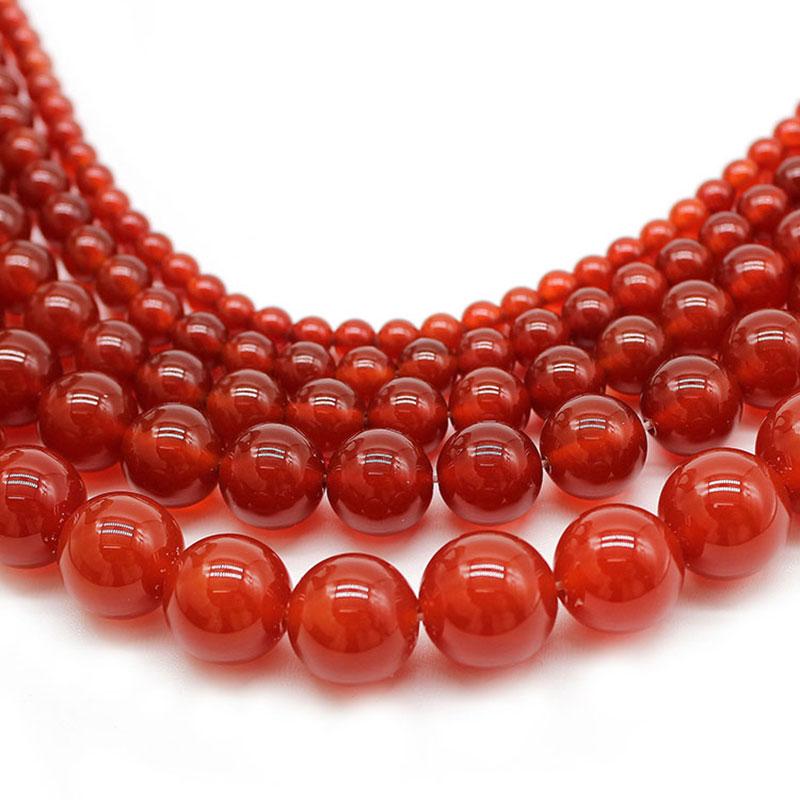
Carnelian beads
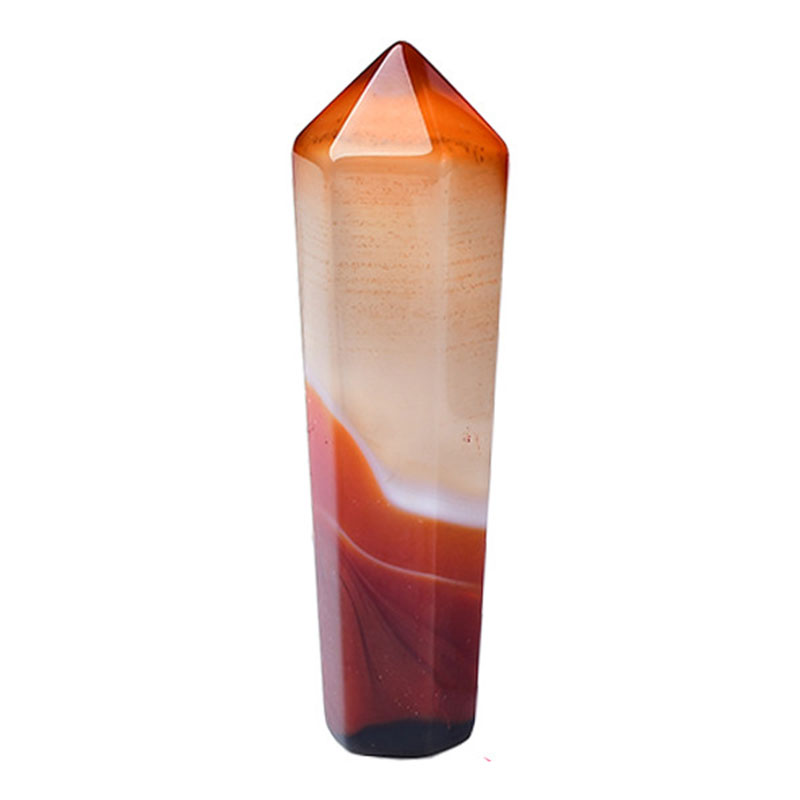
Carnelian wand
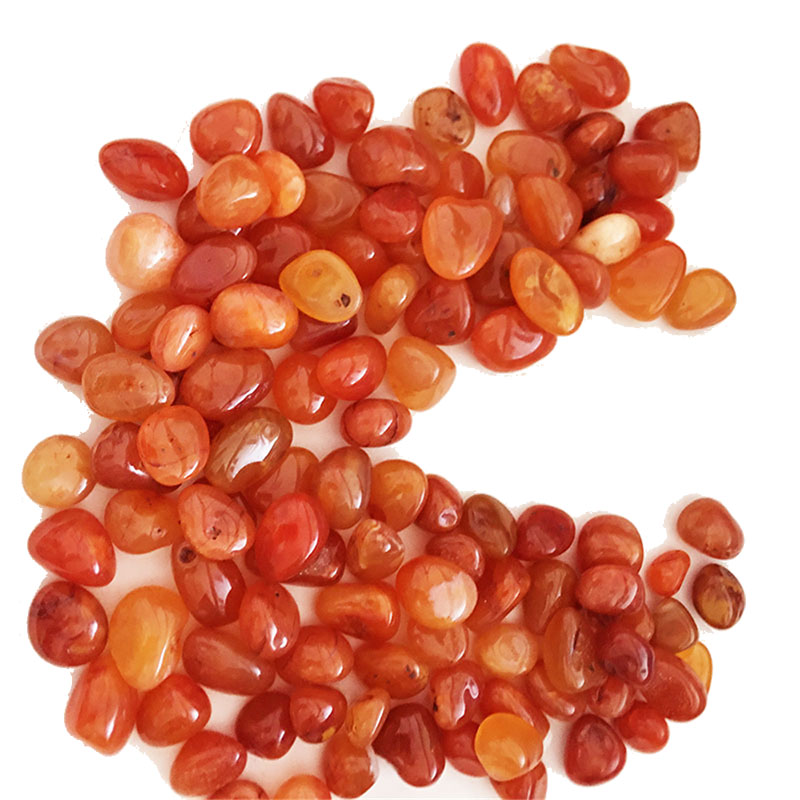
Carnelian Stone
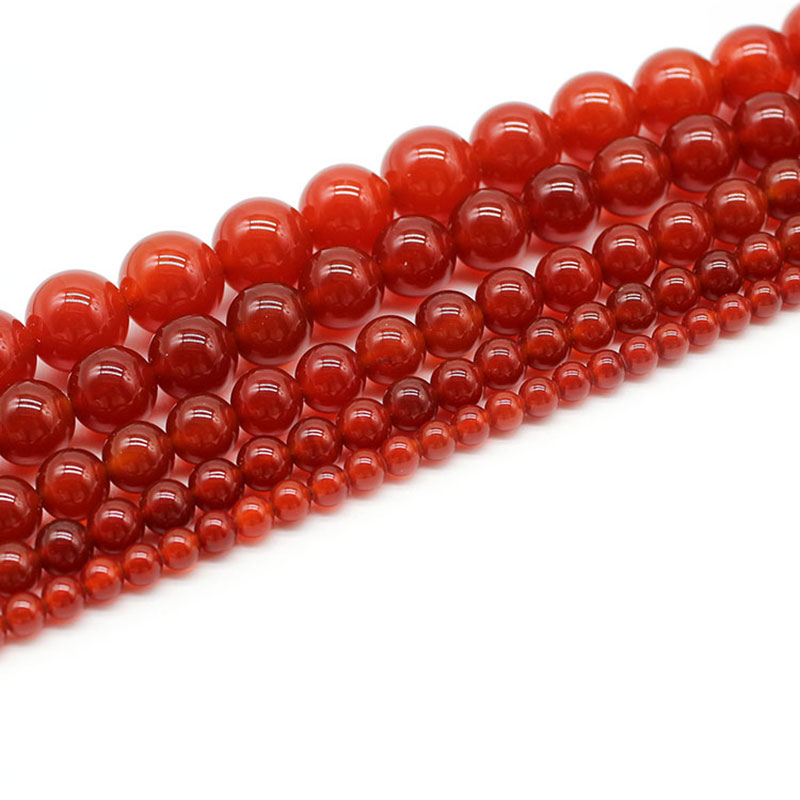
Carnelian beads
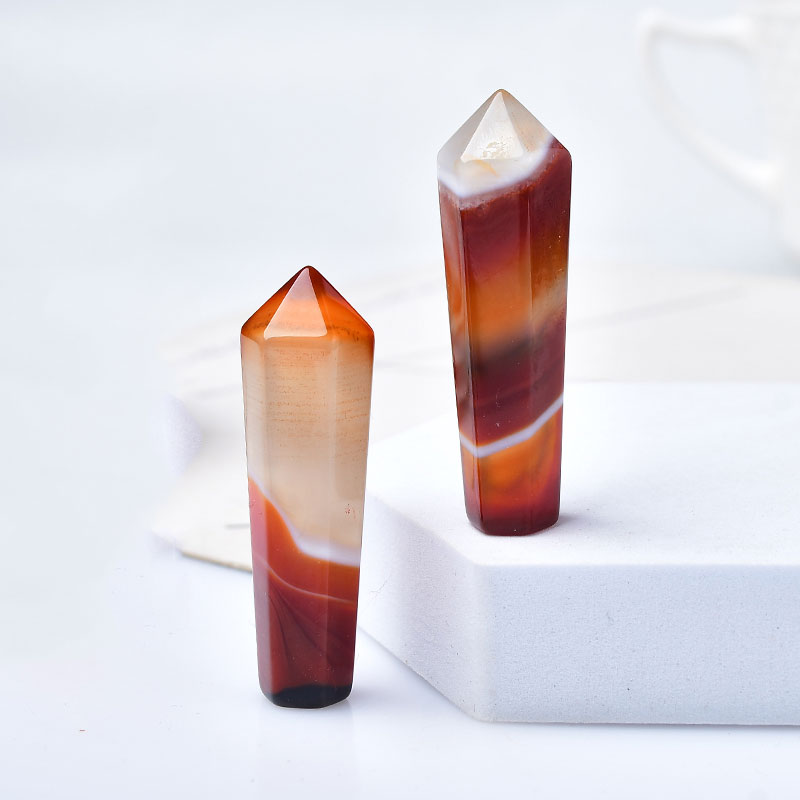
Carnelian wand
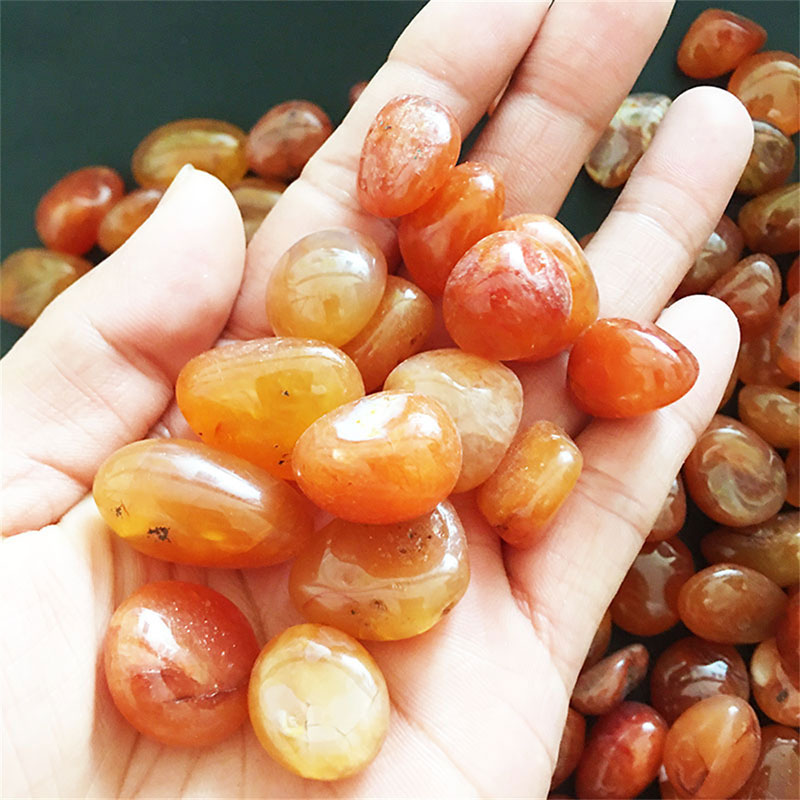
Carnelian Stone
Still not finding what you’re looking for?
Contact us for more crystals.
Your Trusted Wholesale Carnelian Crystal Stone Provider
Carnelian crystals and stones wholesale, rough raw carnelian, polished carnelian,carnelian tower points wands bulk wholesale,carnelian chips.
Raw Carnelian
Carnelian jewelry
Carnelian Ornament
Supply Wholesale Carnelian Crystal With Affordable price
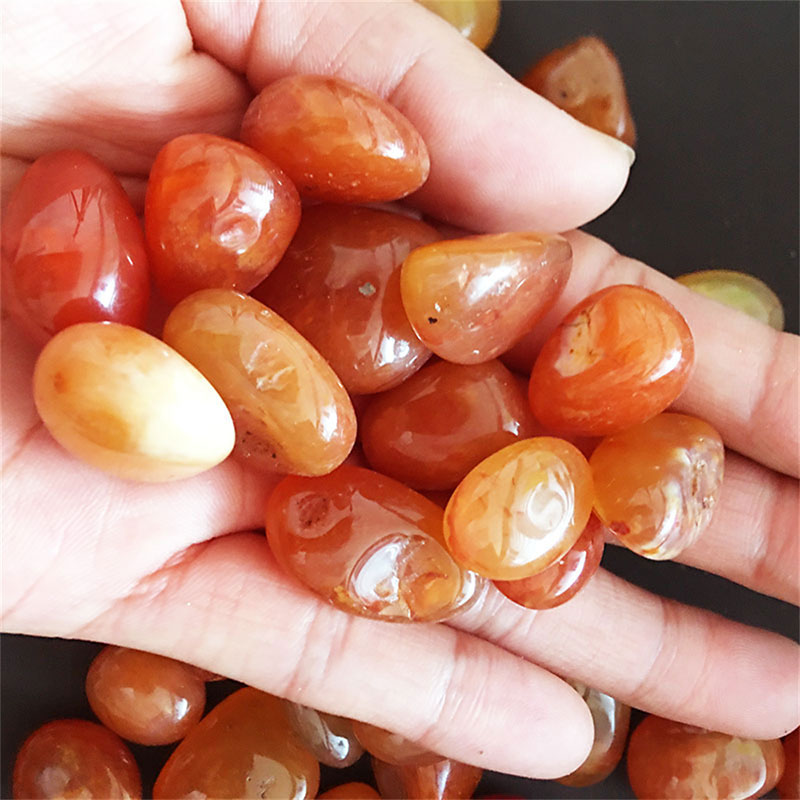
Carnelian stone Bulk
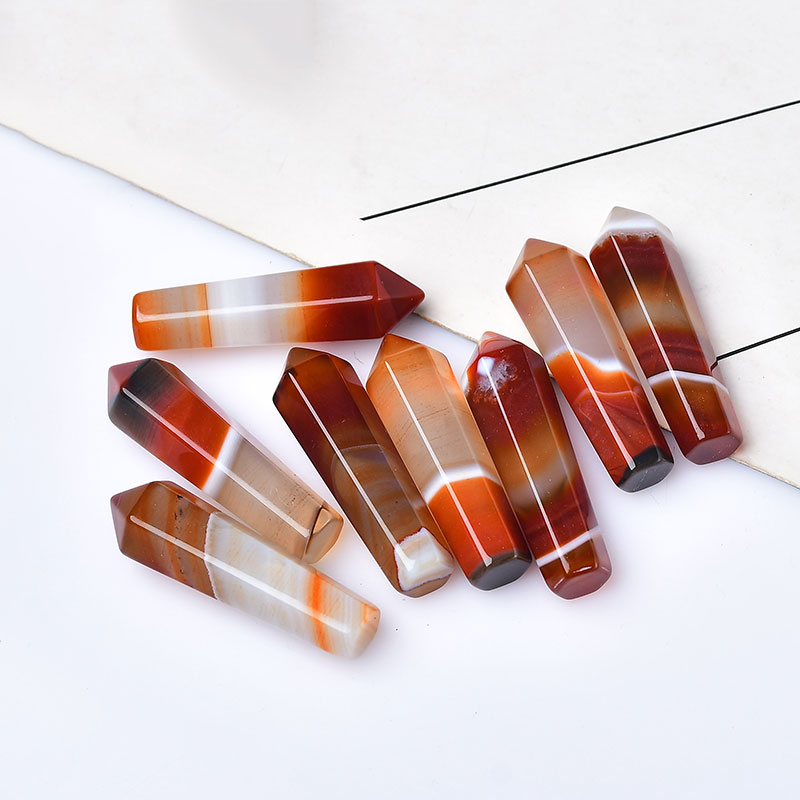
Carnelian point Wholesale
Browse our product categories
Wholesale Carnelian Crystal Guide:
What is Carnelian?
Chalcedony is an ultra-microscopic cryptocrystalline quartz aggregate with extremely fine voids. The monomers are fibrous or slightly oriented, the intergranular is empty, filled with water and air bubbles, and most of them are produced in blocks.
Therefore, the specific gravity is lower than that of standard quartz, about 2.58 to 2.64. Under the microscope, it often radiates fibrous, waxy luster, transparent to translucent, and sometimes has a band-like structure with different granularity or transparency.
The pores or crystal planes between the white chalcedony parent grains will be affected and show different colors if they are mixed with impurities.
Chalcedony may be formed in many geological environments, and it is generally mainly formed in lower temperature and low-pressure environments, such as low-temperature hot water ore veins or the product after the metamorphism of medium-acid igneous rocks.
In addition, it can also be formed in the form of a dehydrate of opal. They are usually produced as mammary or grape-like ore bodies and can vary widely in color and can be white, blue, red, green, brown or black. Trace Fe colors the orange-red to maroon in Carnelian.
Carnelian, whose name is derived from Carne, which means “flesh” in Latin, is due to the bright color of this stone, which is red like flesh. The hardness is large, the sound of light tapping is clear and melodious, and it is a low-priced gem.
When the meteorite hits the mining area, Carnelian is produced by high temperature and high pressure. Iron oxide impurities cause the red color. It is the sister stone of ruby. It is very rare and its quality is preferably translucent.
Carnelian is generally carved by hand and is often processed into beads, cabochons and carvings. Carnelian and beeswax (also known as rice wax, top-grade amber), Tridium canal, pearl, coral, gold and silver are called “Western Seven Treasures” in Tibetan Buddhism. It is one of the best holding objects for Buddha’s practice.
What Is The Effect Of Carnelian?
The benefits of carnelian to the body are scientifically proven. It has been found by physical science research that the arrangement and vibration frequency of the atoms in the ruby can increase the body’s magnetic field and the blood circulation of the heart, promote metabolism, activate cells and tissues, and regulate and improve and improve the weak constitution.
Carnelian is often recommended for those with poor memory, impaired creativity, disorganized thinking, weak voice, and lack of courage.
It is said to be of great help in treating impotence, infertility, insomnia, dysmenorrhea, neuralgia, rheumatism, asthma, scurvy, lethargy, digestive disorders, and skin diseases such as acne and psoriasis in humans and animals.
Carnelian can also help impatient people to restrain anger and achieve self-control, and it can even prevent the wearer from being jealous and falling objects.
Because it mainly works on the right brain, carnelian is best worn on the left hand.
How to Identify Carnelian?
Carnelian is an orange to red translucent chalcedony. The red color is due to iron oxide impurities. Because carnelian is quite common, it is an inexpensive gemstone. The best carnelian is fine, and some carnelians will be stained. Carnelian is often hand-carved.
Because the mineral contains Fe, the carnelian will appear brick red and unevenly distributed. To the naked eye, its luster is grease to glass luster, translucent to opaque, and We can distinguish chalcedony products according to differences in color, texture, density, etc.
The pros and cons of carnelian, true and false identification methods:
1) Water identification method
Drop a drop of water on the jade; if it becomes a dewdrop, the one that doesn’t disperse for a long time is the genuine jade.
2) Hand touch method
Genuine carnelian, feel cool and lubricating when touched by hand.
3) Observation method
The carnelian is observed against the light, the color is clear and the red is evenly distributed is the natural jade.
What Is The Difference Between Carnelian And Red Agate?
Carnelian and red agate are both a kind of chalcedony, and the same composition is SIO2. Chalcedony can be divided into agate, jasper and common chalcedony.
Carnelian is a common chalcedony, agate is a large category of chalcedony, and red agate is the best in agate.
How to distinguish between them?
We can distinguish them by texture. The texture of agate is very attractive, and carnelian has no striped structure, which is the biggest difference between carnelian and red agate.
Carnelian has concentric, parallel, or other patterns of stripes, while carnelian has a striped pattern. There is no ribbon pattern.
Tubular Carnelian Agate In ndonesia
In Indonesia’s natural carnelian agate, there is a mysterious tubular agate. Tubular agate was discovered in early 2009 in a young volcanic zone on a remote mountainside in Central Java, Indonesia.
In November 2010, the primitive botanist William Walton Wright (Walt) visited one of the producing areas and studied, identified and commented on the geological environment in which the tubular agate was formed.
He believes that the main cause of tubular agate is that when a volcano erupts, a series of siliceous volcanic ash cascades into a swamp or on a hillside and later into a wetland.
The volcanic ash is weathered and oxidized, releasing abundant silicon, iron, manganese and other ions into the water. Those decomposed ions undergo chemical changes in the water to increase the acidity of the clay and the colloids in suspension.
Subsequent years of death and rotting of plants and continued standing or bending of some stems, some of which may have been “broken” and dropped into the swamp, continued.
The stalks of these swamp plants can become the nucleus for the deposition of cryptocrystalline quartz (agate) through crystallization, which changes the acidity of the swamp waters during rainy and dry weather, causing the waters to rise and fall.
Repeated eruptions and ash deposition can lead to the formation of agate crystals around layers of stems and other swamp bottom debris. This interesting tubular chalcedony agate is somewhat reddish.
